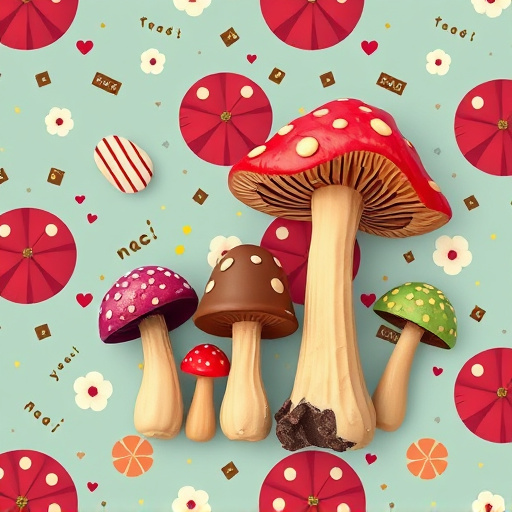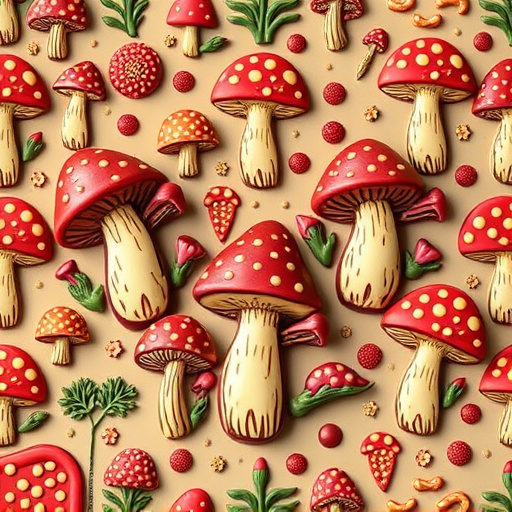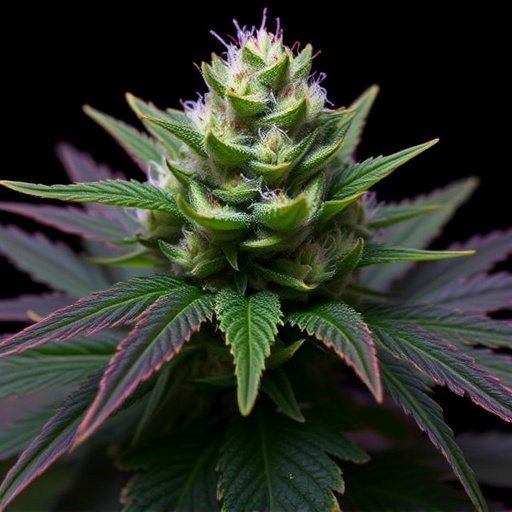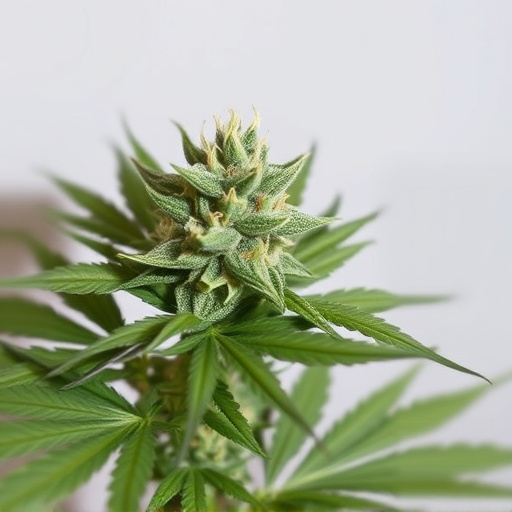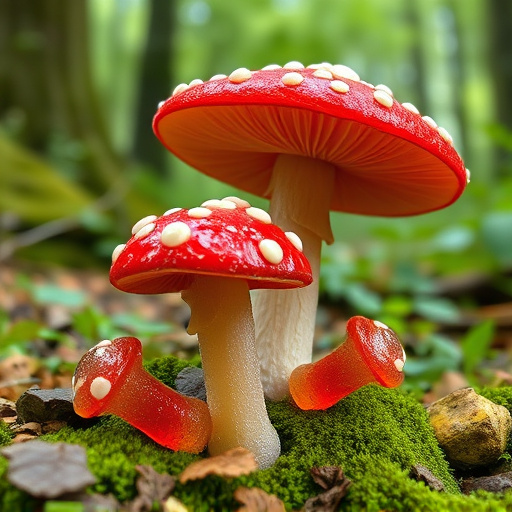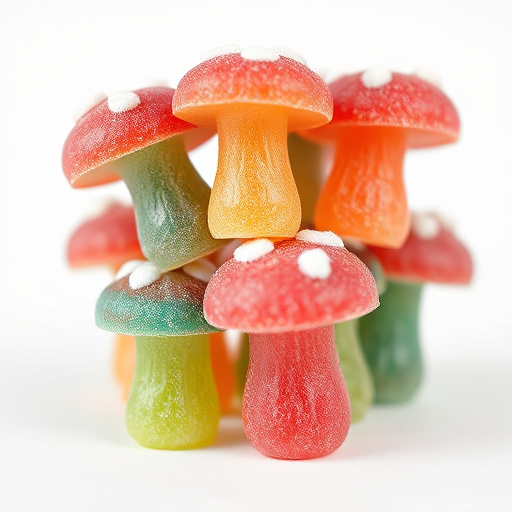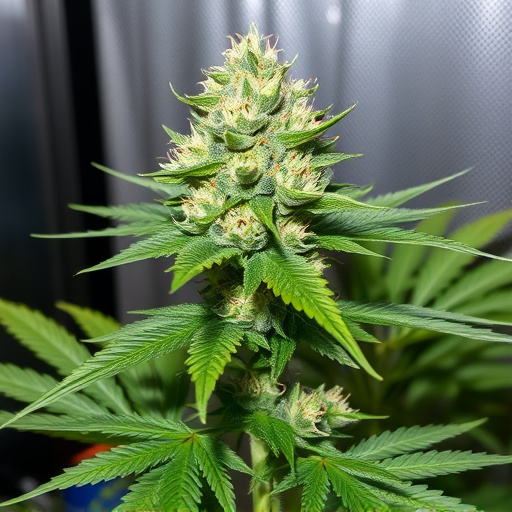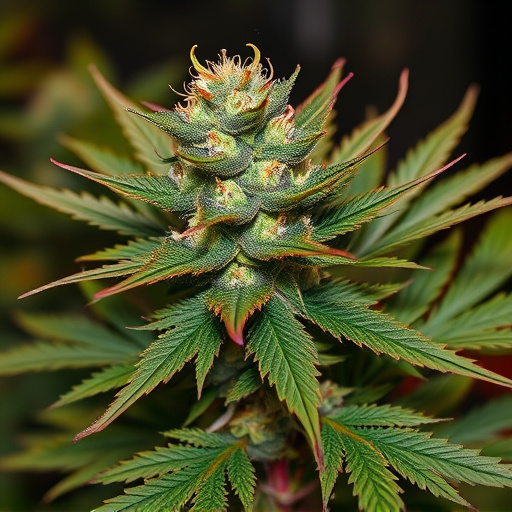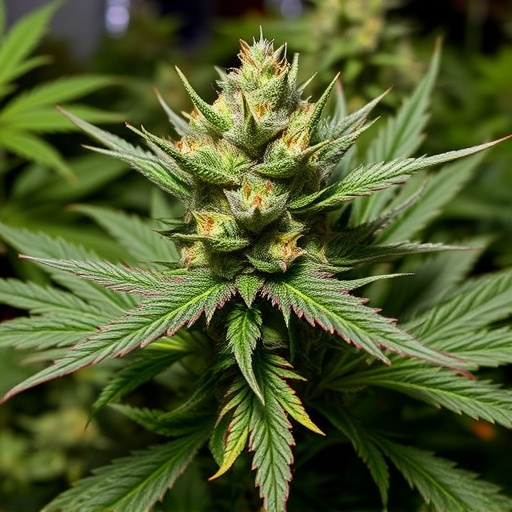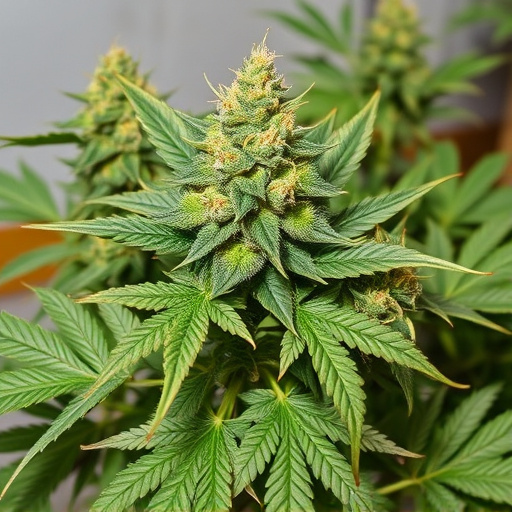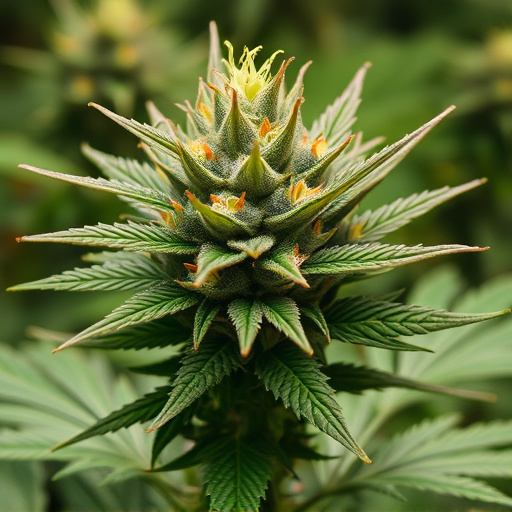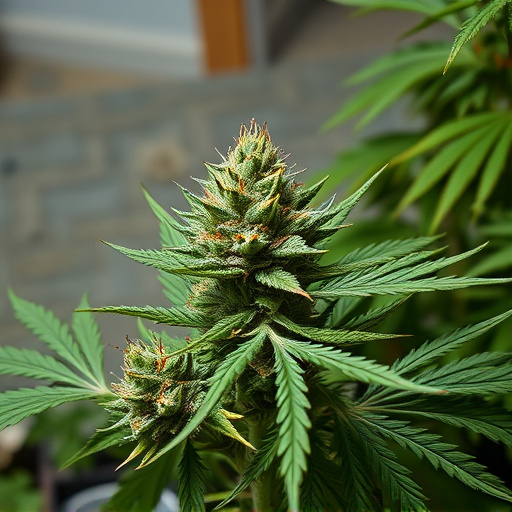Old school cannabis strains, Indica and Sativa, are renowned for their distinct effects and chemical profiles, with Indicas promoting relaxation due to myrcene and Sativas providing energy from limonene. These traditional varieties serve as a base for hybridization, allowing cultivators to create diverse, potent hybrids that cater to varied consumer preferences by combining old school genetics with novel flavors and therapeutic benefits.
“Unraveling the world of cannabis chemistry, this article offers a comprehensive guide to understanding Indica, Sativa, and Hybrid strains. From the heritage of Old School Cannabis Strains, known for their distinctive properties, to the modern art of Hybridization, where breeders blend breeds for unique effects, each has its own captivating story. Discover how these variations influence the cannabis experience, catering to diverse preferences and therapeutic needs.”
- Understanding Cannabis Chemistry: The Role of Indica and Sativa
- Old School Strains: Their Heritage and Distinctive Properties
- Hybridization: Blending Breeds for Unique Effects and Benefits
Understanding Cannabis Chemistry: The Role of Indica and Sativa
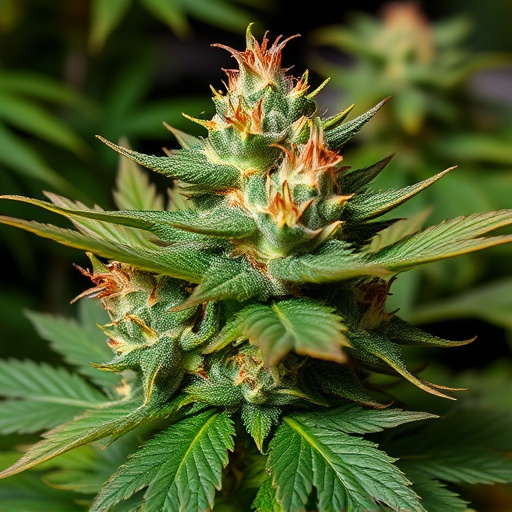
Cannabis chemistry is a complex dance between various chemical compounds, with two primary players being Indica and Sativa—the classic old school cannabis strains. Each offers distinct characteristics that contribute to the overall experience and effects of the plant. Indicas are known for their relaxing and sedative properties, often inducing a sense of calm and sleepiness. They typically have higher levels of myrcene, a terpene with soothing aromas and potential anti-inflammatory benefits. Sativas, on the other hand, are more energizing and uplifting, promoting focus and creativity. These strains generally contain higher concentrations of limonene, a terpene known for its refreshing scent and possible mood-boosting effects.
The unique chemical profiles of Indica and Sativa plants form the foundation for hybridization, creating a diverse range of cannabis varieties. Hybrid strains carefully blend the traits of both parents, offering customizable experiences tailored to individual preferences. Understanding the role of Indica and Sativa in cannabis chemistry provides valuable insights into the effects and potential therapeutic benefits of different strains, making it easier for consumers to navigate this complex yet fascinating plant world.
Old School Strains: Their Heritage and Distinctive Properties
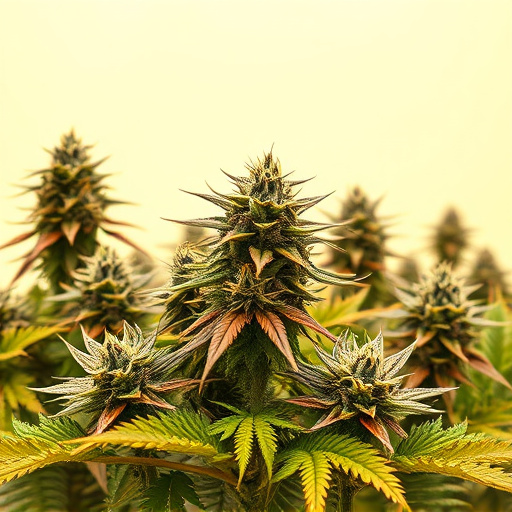
Old School Cannabis Strains: A Journey Through Time
The world of cannabis has evolved, but some enthusiasts still cherish the timeless appeal of old school strains. These varieties, often with rich heritage and history, have distinct properties that set them apart from modern hybrids. The terms “Indica” and “Sativa” originally described these ancient types based on their geographical origins and physical characteristics, such as tall, slender Sativas from tropical regions and shorter, bushier Indicas suited to mountainous terrain.
Over time, select breeders refined these strains, creating iconic old school varieties like Thai, Afghan, and Mexican Sativas, and Pakistani and Afghan Indicas. These strains are celebrated for their potent effects, unique terpene profiles, and recognizable flavors. The heritage of old school cannabis lies in its ability to offer a pure, unadulterated high, showcasing the natural diversity of the plant before modern genetic manipulation.
Hybridization: Blending Breeds for Unique Effects and Benefits
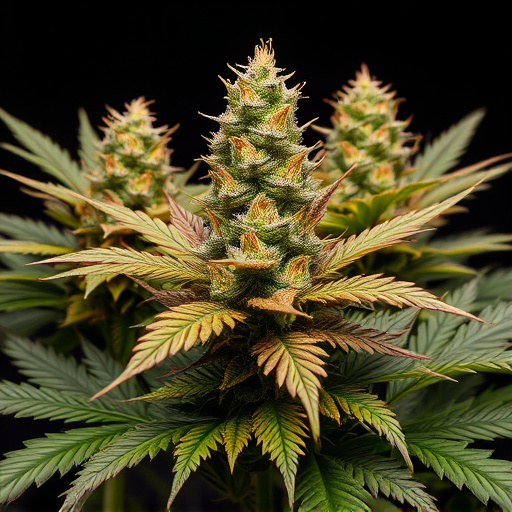
Cannabis hybridization, or the cross-breeding of different strains, has become a popular method to create unique and potent varieties. By combining specific traits from two or more parent plants, cultivators can develop hybrids with distinct characteristics that offer various effects and benefits. This practice allows for an expansive range of options beyond traditional Indica and Sativa types, appealing to a diverse array of consumer preferences.
Old school cannabis strains are often sought after for their classic, well-established genetics. However, hybridization takes these foundational breeds to new levels, producing offspring with enhanced potency, novel flavors, and specific therapeutic effects. For example, a hybrid may inherit the relaxing and sedating properties of Indica while gaining the energizing and cerebral highs associated with Sativa strains. This blending can result in plants that provide a more balanced or tailored experience, catering to medical patients and recreational users alike.
Cannabis chemistry is a fascinating world, where Indica, Sativa, and Hybrid strains each bring their unique properties to the table. Understanding these distinctions allows us to appreciate the diverse effects and benefits that different strains offer. Whether one prefers the classic characteristics of old school cannabis strains or the innovative blends of hybrids, there’s a strain out there to cater to every preference. By exploring these varieties, consumers can embark on a journey to unlock the full potential of this remarkable plant.
